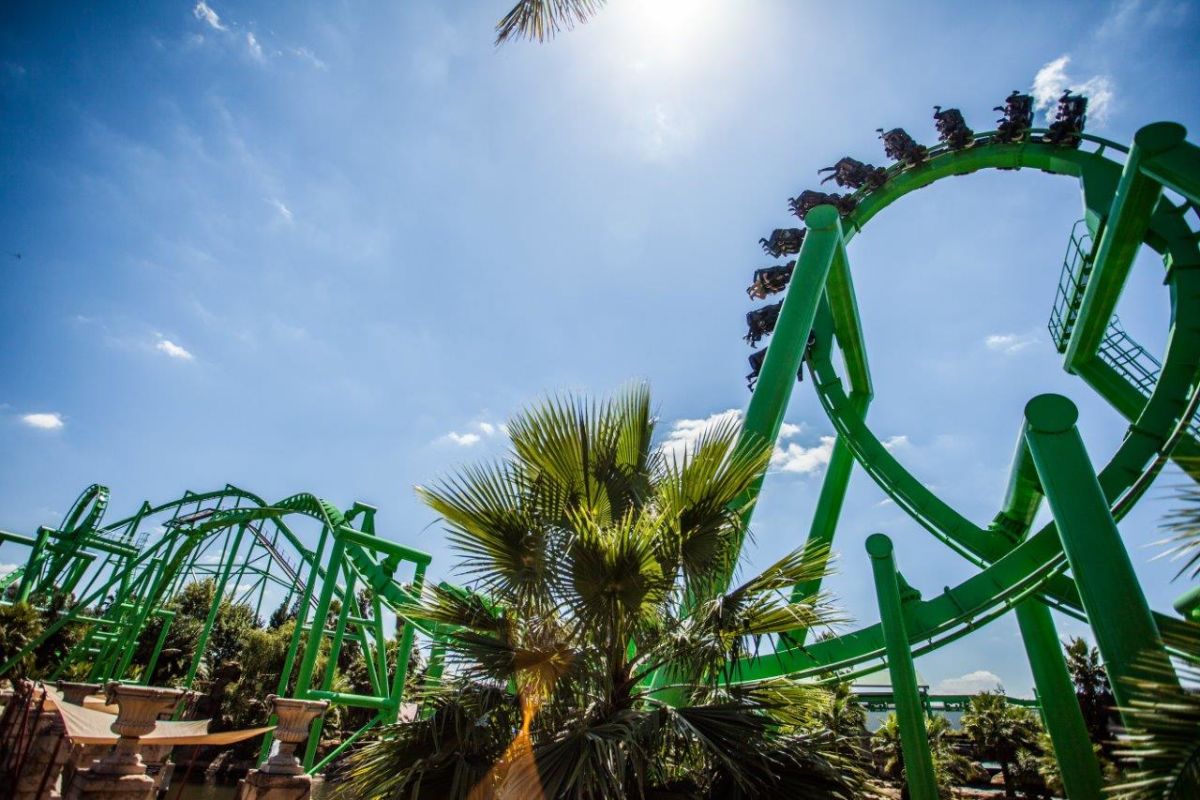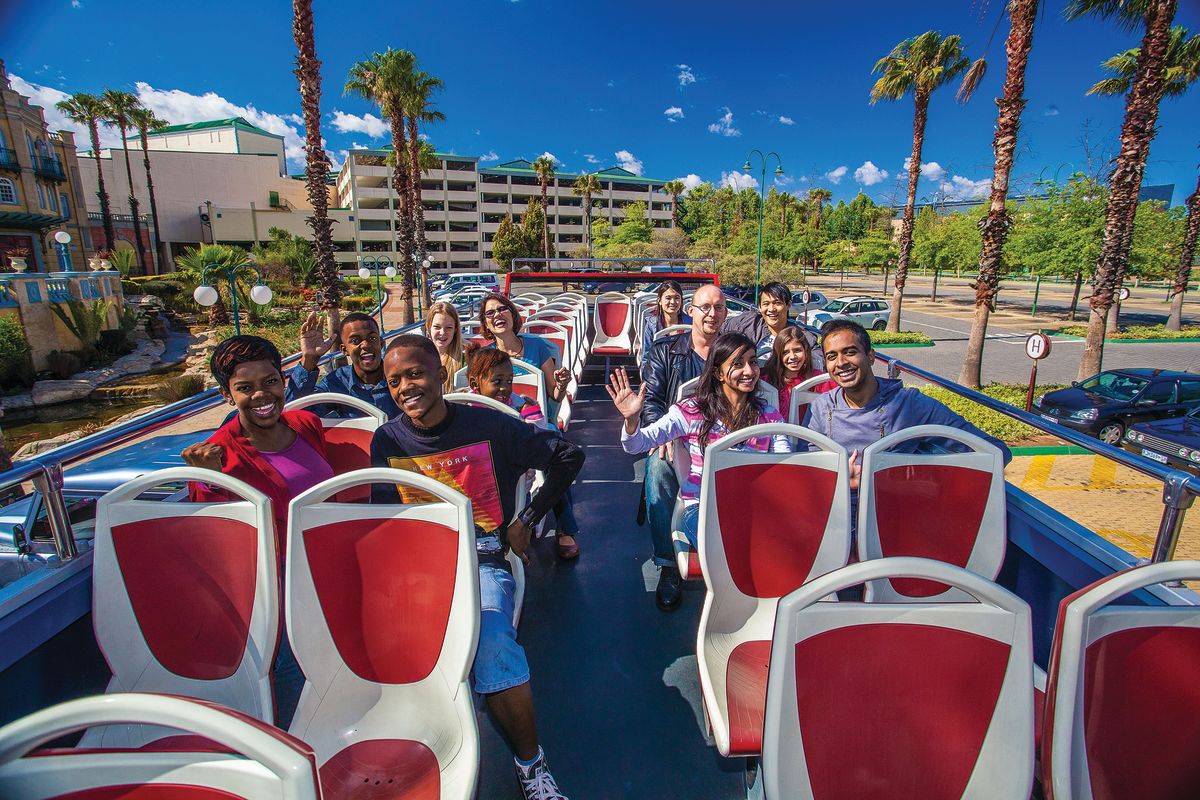Facts About Johannesburg North Attractions Uncovered
Facts About Johannesburg North Attractions Uncovered
Blog Article
The Definitive Guide to Johannesburg North Attractions
Table of ContentsThe Best Strategy To Use For Johannesburg North AttractionsJohannesburg North Attractions - An OverviewJohannesburg North Attractions - An OverviewGetting The Johannesburg North Attractions To WorkTop Guidelines Of Johannesburg North AttractionsThe Facts About Johannesburg North Attractions Uncovered
The city owes its area to the existence of a much more priceless source: gold. The city grew on the edge of the Witwatersrand Main Reef, a subterranean stratum of gold-bearing quartz-silica empire that arcs for numerous miles under the Highveld. Many of the gold mines in the city ceased operation in the 1970s, however in its day the Witwatersrand gold market represented greater than 40 percent of the world's yearly gold production.Johannesburg has a pleasant environment. Summer temperature levels average concerning 75 F (24 C); winter temperatures average about 55 F (13 C) and just periodically dip listed below cold. The city delights in about eight hours of sunshine each day in both winter season and summer. Rainfall standards concerning 28 inches (700 millimetres) per year, but the total differs significantly from year to year.
What rainfall the city receives drops nearly solely in the summertime, usually in stunning late-afternoon electric storms. Air air pollution poses a substantial problem, specifically in the winter season months, when thermal inversions restrain the westward flow of air from the Indian Sea. Contamination is most extreme in the largely settled Black areas on the city's perimeter, where lots of locals still depend on coal for gas.

The Only Guide to Johannesburg North Attractions
The balance of the city is occupied by whites. Accommodation differs in personality and quality. Soweto is notorious for its endless rows of municipally developed, two-room matchbox homes, yet it likewise has a couple of prosperous territories in addition to bursting squatter camps, where tens of thousands live without water, electricity, or cleanliness facilities.
Physical growth, although rather limited by transport, continued promptly as immigration to South Africa, and Johannesburg specifically, boosted considerably. This issue was solved in the 1930s when the car was introduced in mass manufacturing to South Africa. Cars were, essentially, confined to the wealthy, and allowed them to transfer to the north of the city and commute into the centre.
Most bad residential areas were mixed, with inadequate blacks and whites living with each other, although the affluent suburban areas were generally reserved for whites. This changed with the political election of the National Celebration in the 1948 political elections, that began to formalise the system called discrimination. Apartheid formally assigned which suburbs each race can reside in under look at this now the Group Areas Act.
The previous system of eleven numbered regions was reorganised in 2006. Marshalltown, as seen from the top of the Carlton Centre. The M1 and M2 run behind the buildings, and the southern suburbs expand past the highway boundary. The central city of Johannesburg lies within the city's Region F. The number of individuals living in the inner city on an informal basis is unknown, as several are prohibited immigrants. The unemployment, education, and age profiles of the area are all unidentified, due to the trouble of acquiring reliable info about the area.
Some Ideas on Johannesburg North Attractions You Should Know
Centred on the CBD, the region includes the suburban areas of Yeoville, Bellevue, Troyeville, Jeppestown, and Berea to the east. To the west it infects Pageview (Johannesburg North attractions) and Fordsburg. There are tiny commercial areas to the south, such as City West-Denver and Benrose. Around 800,000 commuters pass with the central city everyday, and it works as a local purchasing node for site visitors from the southern residential areas. Yeoville and Bellevue have a mix of apartment buildings and solitary domestic devices on little whole lots. The area is located on a hilly divide that ranges from eastern to west. The most obvious geographic function is Observatory Ridge, which is named for the huge observatory located on it. The entertainment rooms are no more utilized, as a result of security problems.

What Does Johannesburg North Attractions Do?
The eastern suburbs are some of the earliest locations of Johannesburg, there are big neighborhoods of Jewish and various other European backgrounds, the additional reading bulk of the population is English talking. There are three golf training courses as well as a number of protected ridges with viewsites.
The location is primarily composed of old "matchbox" residences, or four-room houses constructed by the government, that were constructed to give inexpensive lodging for black workers during discrimination. Soweto is an acronym, representing "South Western Townships". Street after street around is lined with matchboxes; nevertheless, there are a few smaller sized locations where prosperous Sowetans have developed residences that are a lot more comparable in stature with those in even more wealthy suburban areas.
Hostels are another prominent physical feature of Soweto. Originally developed to house male migrant employees, several have actually been enhanced as homes for pairs and households. The N1 Western Bypass skirts the eastern border of Soweto. The suburb was not historically permitted to produce employment centres within the location, so practically all of its locals are travelers to other components of the city.
Facts About Johannesburg North Attractions Revealed
The domestic areas in the northern suburbs are generally formal, with no considerable locations of informal housing, or housing that lacks an irreversible framework. This is an established location, there is a pattern of land use change from domestic to commercial, especially along main arterial roadways and around established nodes.
The area is well attached to roadway networks, especially along the north-south axis created by the M1 and N1. Roadways to the eastern and west are less well developed, as there are no freeways travelling in that direction. Towards the north boundary of the city, the density of advancement lowers, leaving big locations of primitive land around Midrand.
Rumored Buzz on Johannesburg North Attractions
The first suburban area to the north of the central city is Parktown, i loved this which lies on a hill ignoring the inner city and Hillbrow. It has many affluent homeowners and Edwardian-style estates, in addition to the Education and learning and Medical campuses of the College of the Witwatersrand. The large concrete Charlotte Maxeke Johannesburg Academic Medical Facility controls the skyline of Parktown.
Report this page